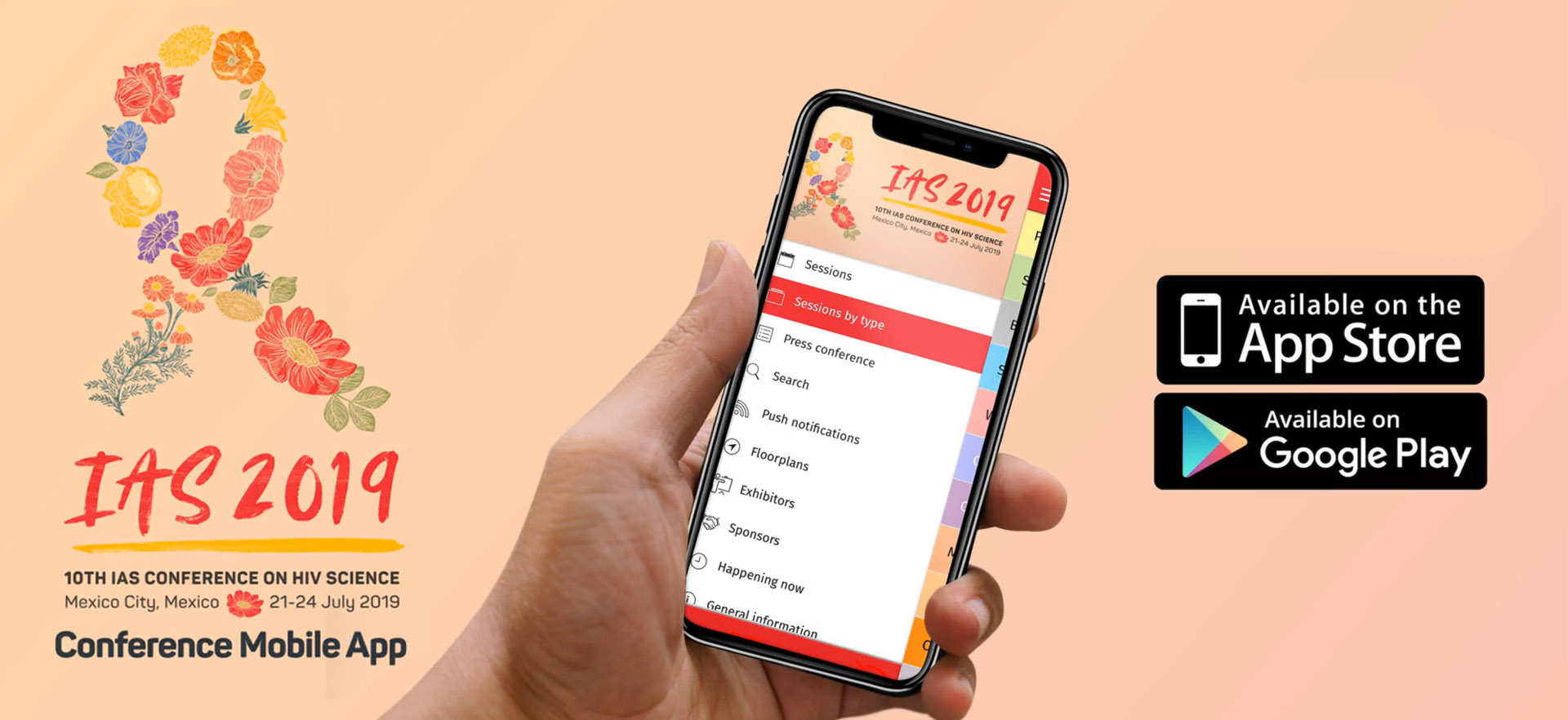CBSE 12th Standard Physics Subject Communication Systems Ncert Exemplar 1 Mark Questions With Solutions 2021
By QB365
QB365 Provides the updated NCERT Exemplar Questions for Class 12, and also provide the detail solution for each and every case study questions. NCERT Exemplar questions are latest updated question pattern from NCERT, QB365 will helps to get more marks in Exams
QB365 - Question Bank Software
CBSE 12th Standard Physics Subject Communication Systems Ncert Exemplar 1 Mark Questions With Solutions 2021
12th Standard CBSE
-
Reg.No. :
Physics
-
Which of the following would produce analog signals and which would produce digital signals?
(i) A vibrating tuning fork
(ii) Musical sound due to a vibrating sitar string
(iii) Light pulse
(iv) Output of NAND gate(a)(i) analog
(ii) analog
(iii) digital
(iv) digital -
Would sky waves be suitable for transmission of TV signals of 60 MHz frequency?
(a)No, because the TV signal of frequency 60 MHz is greater than 30 MHz (i.e., the upper limit of signal frequency for sky wave propagation). Therefore, T.V. signal will not be reflected by the ionosphere but will penetrate through the ionosphere.
-
Two waves A and B of frequencies 2 MHz to 3 MHz, respectively are beamed in the same direction for communication via sky wave. Which one of these is likely to travel longer distance in the ionosphere before suffering total internal reflection?
(a)We know that refractive index \(\mu\) of a medium is related with wavelength of wave according to relation
\(\mu =A+\frac { B }{ { \lambda }^{ 2 } } +\frac { C }{ { \lambda }^{ 4 } } =\frac { \sin { i } }{ \sin { r } } \ and \ \lambda =\frac { c }{ v } \)
Therefore, the value of refractive index \(\mu\) of a medium increases with the decrease in wavelength or increase in frequency of wave travelling through medium. For higher frequency wave, angle of refraction r is less, i.e., bending of wave is less in medium. Due to it, the condition for total internal reflection is attained after travelling longer distance by higher frequency wave. Hence 3 MHz wave will travel longer distance in the ionosphere before suffering total internal reflection. -
Compute the LC product of a tuned amplifier circuit required to generate a carrier wave of 1 MHz for amplitude modulation.
(a)Frequency of tuned amplifier is; \(v=\frac { 1 }{ 2\pi \sqrt { LC } } \)
As per question, \(v=1MHz={ 10 }^{ 6 }Hz=\frac { 1 }{ 2\pi \sqrt { LC } } \) or \(LC=\frac { 1 }{ 4{ \pi }^{ 2 }\times \left( { 10 }^{ 6 } \right) ^{ 2 } } =\frac { 7\times 7 }{ 4\times \left( 22\times 22 \right) \times { 10 }^{ 12 } } \)
= 2.5 x 10-14 s -
Why is a AM signal likely to be more noisely than a FM signal upon transmission through a channel?
(a)In amplitude modulation, the instantaneous voltage of carrier waves is varied by the instantaneous voltage of modulating waves. On transmission through a channel noise signals can also be added, resulting a change in the amplitude of modulated waves. Due to it, the receiver receives the modulating signal having a part of noise. However, in frequency modulation, the frequency of carrier waves is changed as per instantaneous voltage of modulating waves. This can only be done at the mixing or modulating stage and not while signal is transmitted in channel. Hence noise does not effect FM signal.































